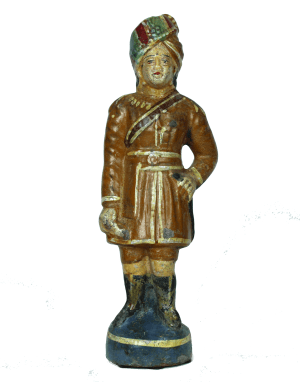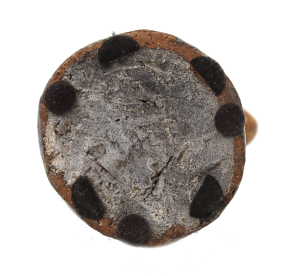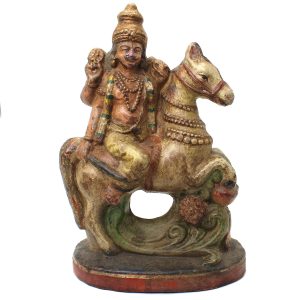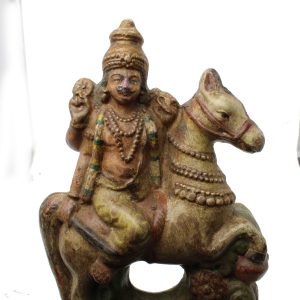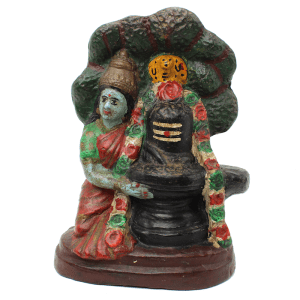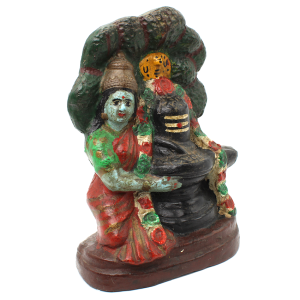Showing 25–27 of 27 results
-


$105.00
Earthenware terracotta pottery has played a significant role in the cultural, religious and artistic traditions of India for centuries. Indian terracotta images are considered spiritual, mystical and auspicious as Hindus believe terracotta incorporates the five natural elements of air, fire, earth, water and metal. Made with a bivalve mould that is hand luted and hand…
-


$145.00
Earthenware terracotta pottery has played a significant role in the cultural, religious and artistic traditions of India for centuries. Indian terracotta images are considered spiritual, mystical and auspicious as Hindus believe terracotta incorporates the five natural elements of air, fire, earth, water and metal. Made with a bivalve mould that is hand luted and hand…
-


$165.00
This painted earthenware terracotta Hindu devotional image (murti ) of Shiva and Parvati was used to help devotees in daily prayers (puja) focus and visualize the deities on their home altar. This image is both aniconic (symbolic, abstract, and non- representational) and figurative. Shiva’s image is represented by a symbolic round phallus – a lingham…
End of content
End of content

